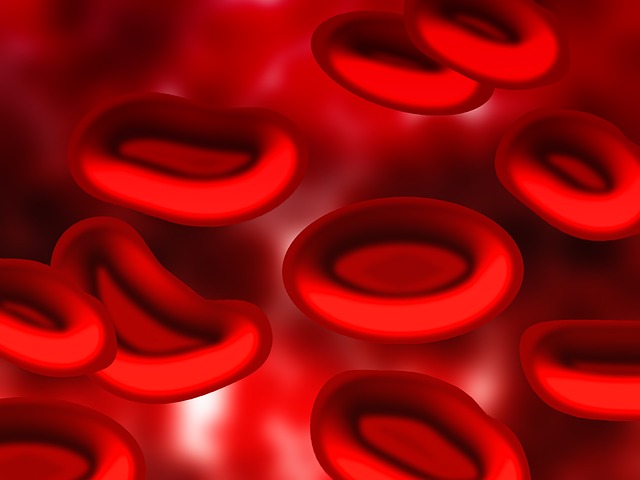
Stem cell research continues to move at a very rapid pace. In the past year, there have been a number of important stem cell breakthroughs and scientists are very excited about new discoveries in the field.
Doctors are now using stem cells found in cord blood for transplants more often than ever before. They are also becoming increasingly excited about the potential uses for these stem cells being uncovered by the research. This article will provide a brief rundown of the latest advancements surrounding the use of cord blood for transplants in the past year.
How Cord Blood is Being Used
The number of conditions being treated with cord blood transplants continues to grow each year. There are now more than 80 conditions being treated with stem cells found in cord blood including:
- Cancer
Many forms of cancer can be treated with the stem cells found in cord blood including leukaemia, multiple myeloma, Hodgkin’s disease, lymphoma and more. - Immunodeficiencies
Reticular dysgenesis, Wiskott-Aldrish syndrome, DiGeorge syndrome, Severe combined immunodeficiency (SCID), Kostmann syndrome and Omenn syndrome - Blood Disorders
Amegakaryocytosis Histiocytosis, Sickle cell anaemia, Thalassemia Aplastic anaemia, Fanconi anaemia, Diamond-Blackfan anaemia - Metabolic Disorders
Sanfilippo syndrome, Scheie syndrome, Sly syndrome, Lesch-Nyhan syndrome, Adrenoleukodystrophy, Krabbe disease, Hunter syndrome, Hurler syndrome,
There have now been more than 35,000 cord blood transplants performed worldwide! The number of cord blood transplants is expected to increase even more in 2016.
Doctors are Now More Open to Using Stem Cells
In the past year, doctors have become more aware of cord blood stem cells and are more likely to use cord blood for transplants. They have started to embrace the use of cord blood stem cells to treat different kinds of conditions including osteoarthritis and joint injuries. Thanks to the easy available of cord blood stem cells, doctors now have a rich source of non-controversial stem cells available for procedures.
Cord Blood Can Now Be Processed More Efficiently
Some new automated stem cell processing technologies have launched or been updated in the past year. These systems make the processing of cord blood stem cells faster and easier. The use of automated systems also results in higher numbers of viable stem cells being extracted from the cord blood. Their use makes it easier to prepare cord blood for transplants, and delivers a higher number of viable stem cells.
Many New Stem Cell Breakthroughs
Some of the most astonishing stem cell breakthroughs in the past year include:
- Japanese researchers have grown skin using reprogrammed stem cells
Researchers from Japan grew skin tissue from reprogrammed stem cells. The tissue included hair follicles and sebaceous glands. - Stem cells can create new blood
Researchers from Scotland were able to use stem cells to generate large quantities of blood cells. Their research could lead to endless supplies of blood for transfusions. - Scientists discover a new type of stem cell
Scientists even discovered a new type of stem cell, induced XEN cells (iXEN). - A new treatment for Myasthenia gravis using stem cells
Researchers from Canada may have developed a treatment for an autoimmune disease called Myasthenia gravis. - Blood vessels can be grown from stem cells
Entire blood vessels can now be grown from stem cells. This important breakthrough will help treat patients who have a coronary disease. - Experimental stem cell procedure reverses osteoporosis
Canadian researchers have used mesenchymal stem cells (MSCs) to rebuild the strength of bones affected by osteoporosis. - Stem cells may be able to protect the spinal cord after injury
Researchers from Russia have discovered that stem cells can protect the spinal cord from permanent injury after spinal trauma. - Stem cell therapy can reduce deaths from heart failure
New research suggests that injecting stem cells directly into the heart can reduce the death rate from heart failure by almost 50%.
There have been dozens of other exciting research findings in the past 12 months. These exciting stem cell breakthroughs indicate the kind of impact that stem cells will have on medicine in the future.
Sources: WHO | Haematopoietic Stem Cell Transplantation HSCtx. (2016). Who.int. Retrieved 9 June 2016, from http://www.who.int/transplantation/hsctx/en/
{{cta(‘010124f3-c9bc-4a23-b9fc-74953e6288c9’)}}


